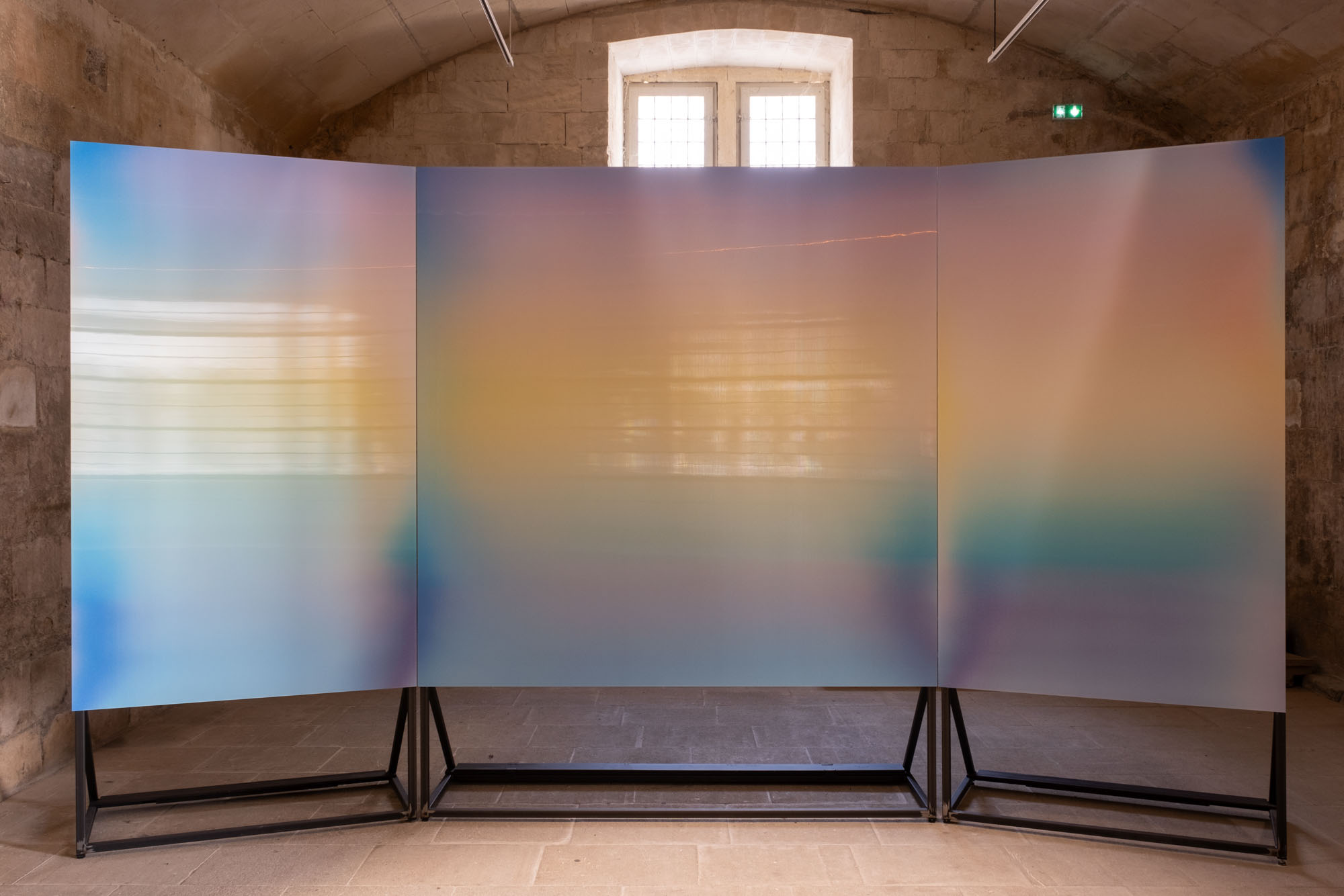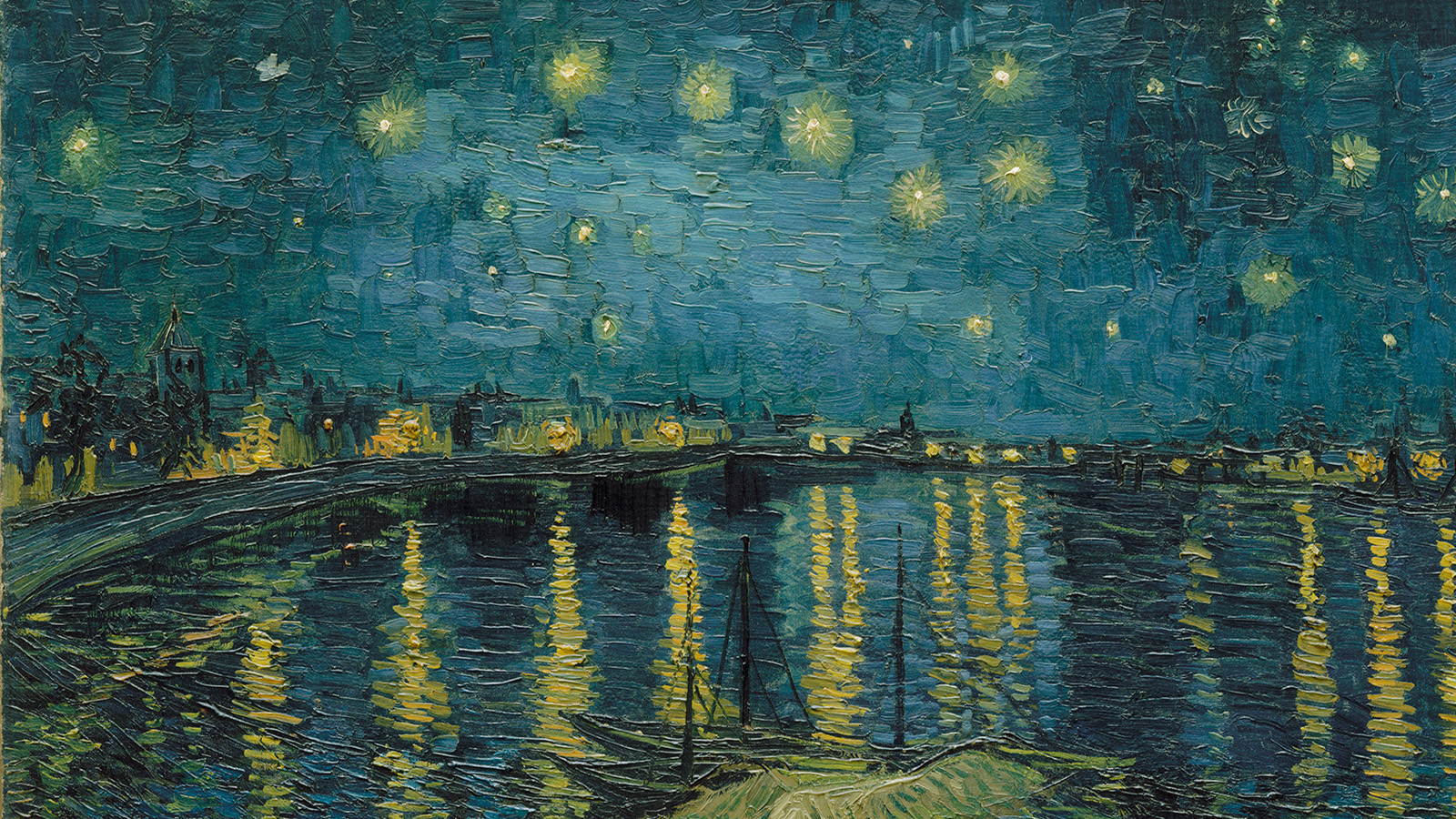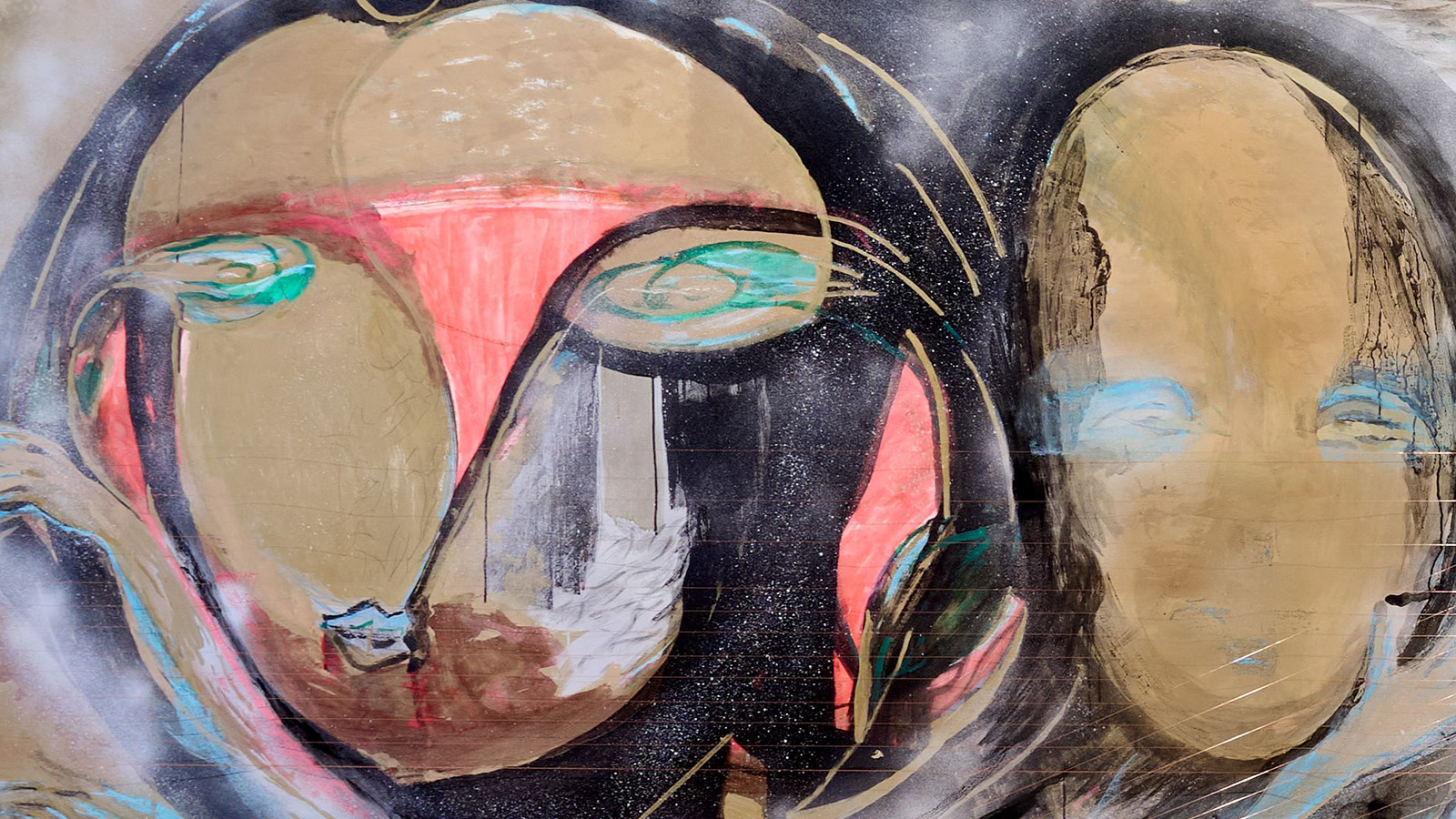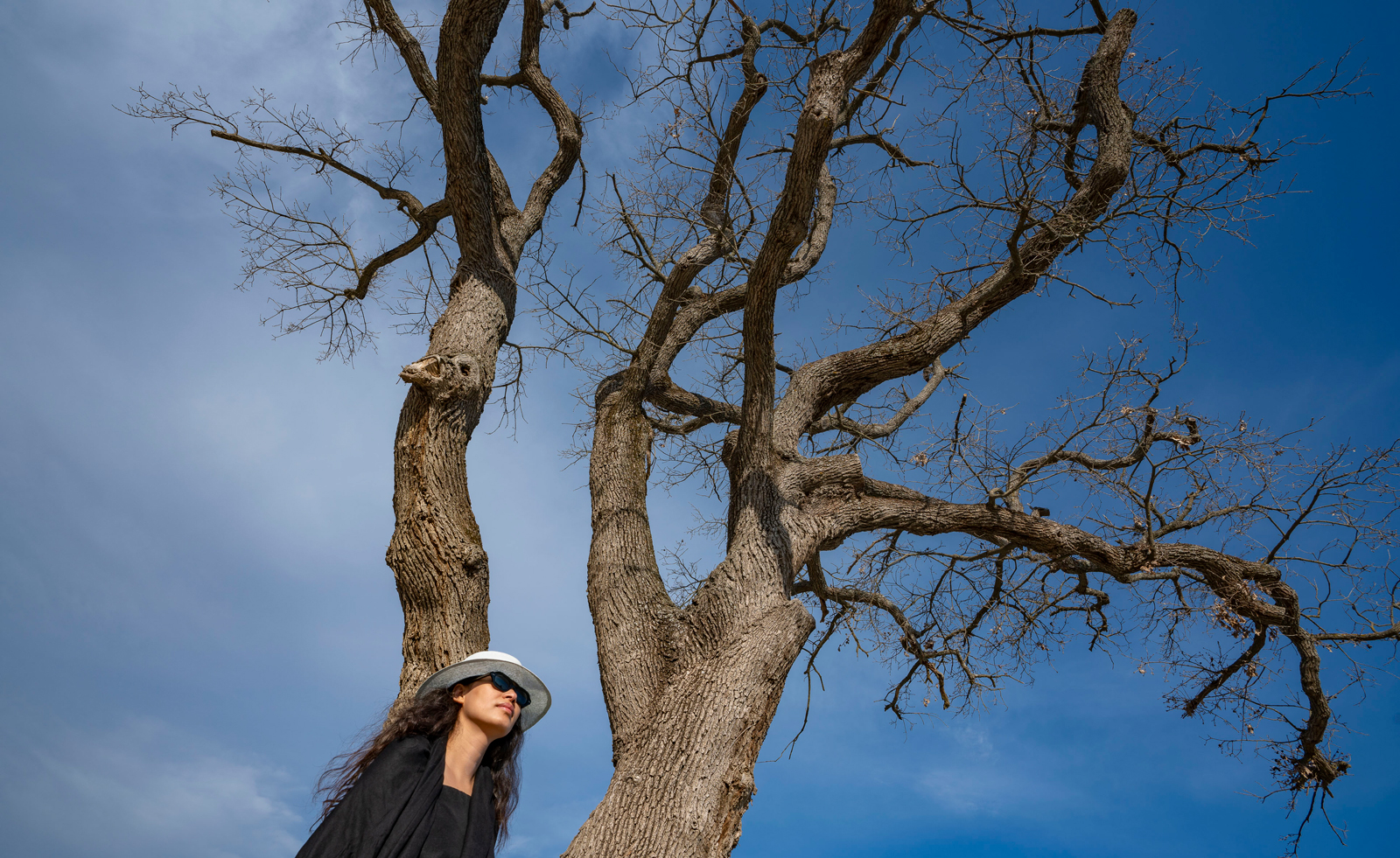Architecture, sculpture and materials: female Lithuanian artists are celebrated in Nîmes
The Carré d'Art in Nîmes, France, spotlights the work of Aleksandra Kasuba and Marija Olšauskaitė, as part of a nationwide celebration of Lithuanian culture

Twin exhibitions at the Carré d'Art in Nîmes celebrate the work of two female Lithuanian artists as part of a season celebrating the nation’s culture across France. Projects by Aleksandra Kasuba take over a whole floor, exploring the life’s work of an artist who passed in 2019, leaving behind an increasingly recognised archive and legacy of a practice sited between utopian architecture, immersive installation and public sculpture.
As a counterpoint, a series of project rooms are offered to existing and new pieces by Marija Olšauskaitė, who plays with the surface and material qualities of glass, silicone and paper across a suite of works that speak to one another, the legacy of Kasuba, and the architecture of the host institution.
Aleksandra Kasuba, ‘Imaginer le futur’ at Carré d'Art, Nîmes

Installation view of Aleksandra Kasuba, ‘Imaginer le futur’ at Carré d'Art, Nîmes
Opened in 1993, the Carré d'Art was designed by English architect Norman Foster as a forward-thinking cultural centre, speaking to the history of Nîmes and a perfectly preserved Roman temple across the city square. Both buildings present a clarified architectural order, and logical clarity that seems to be wilfully challenged by both artists, especially across the wide-ranging exhibition of Kasuba.
Curated by Elona Lubytė, the exhibition loosely follows a chronological path through Kasuba’s works, introduced in the opening room with a comprehensive chart of the artist’s life. It presents a fascinating personal and cultural journey: her birth in 1923 into a wealthy family, five years after the restoration of Lithuanian independence; her 1944 escape from imminent Soviet occupation through Europe into the USA; then growth as an artist and key artistic relationships within a vibrant post-war arts scene; and through an emergent recognition as an artist and educator, building immense public sculptures and immersive environments.

Installation view of Aleksandra Kasuba, ‘Imaginer le futur’ at Carré d'Art, Nîmes
There is joy in Kasuba’s switching between scales and play with material. Marble mosaic artworks – made in the early 1960s, after Kasuba had met Louise Nevelson – speak to a wood mosaic made a decade later with similar, swirling patterns. Over that time, however, ambition, stature and scale had grown, with the latter work a maquette for a 1973 brick relief public sculptural work built into the façade of New York’s Lincoln Medical Center. Interested in interjecting public space with texture and pattern, carefully choreographed to changing light, Kasuba created other expanded wall and paved works – her final project of the type was a street-level wall of the World Trade Centre, lost in the 2001 disaster.
Kasuba’s passion and nuanced reading of architecture runs through the exhibition, especially present in the presentation of a 1971 environment made across an entire floor of the artist’s own Victorian brownstone Upper West Side home. Using what became a creative signature – the stretching of translucent fabric into biomorphic, tensile, inhabitable spaces – Kasuba created a utopian, dreamlike environment that squeezed itself around domestic architecture. Work such as this that exists for a temporal moment would be hard to present in an exhibition had Kasuba not richly documented her projects – here, Lubytė presents a floorplan, scale model and blown-up photos of the environment’s occupation.
However, one other environment can be experienced to help bring immediacy to an understanding of Kasuba’s work. As the experiential highlight and most Instagrammable moment of the exhibition, the artist's 1975 model, Spectrum An Afterthought, has been constructed at full size, filling the gallery with seven connected silos, cleverly lit as a rainbow gradient and with an enveloping soundscape (the original intent also featured colour-coordinated scents as a total immersive experience). The installation was originally created for a 2014 presentation of Kasuba’s work in Vilnius, curated by Lubytė with Kasuba’s input, five years before her passing.
Wallpaper* Newsletter
Receive our daily digest of inspiration, escapism and design stories from around the world direct to your inbox.

Aleksandra Kasuba, Shell Dwellers. I – XII, 1989
Even prior to that celebratory exhibition of her life’s work, Kasuba – along with contemporary artists and friends such as Jonas Mekas and George Maciunas – had been recognised as an important figure in Lithuanian culture, but following it the artist became an ‘older sister’ figurehead for a new generation of Lithuanian artists. Filmmaker Emilija Škarnulytė, for example, met Kasuba in 2018, building an acquaintanceship and developing work in homage to the elder artist. Škarnulytė is now one of many artists showing work during a four-month celebration of Lithuanian culture across France, comprising hundreds of events and exhibitions.
Marija Olšauskaitė, ‘The Softest Hard’ at Carré d’Art, Nîmes
One of those artists is Marija Olšauskaitė, born in 1989, whose sculptural work is profiled in a four-room curation by Carré d'Art’s director Jean-Marc Prevost. There is poetic conversation with Kasuba’s practice, both artists having an interest in mutability of material, surface and a softening of threshold. A series of screens and floating blue panels made of material recovered from a Lithuanian glass company that closed in 1990 – the year of the nation’s independence from the Soviet Union – look as though they are still slowly flowing. Next door, low-level glass sculptures, titled Pond, invite a contemplative gaze into histories of material and people.

Installation view of Marija Olšauskaitė, Ponds, 2023. in the show ‘Sekretas’ at Grazer Kunstverein, 2023, Graz
The materials then subtly shift. An installation of glowing panels tricks the eye; reading as more glasswork, it is in fact illuminated paper collage. Then a room of fluidly hanging stretches of silicone speaks back not only to melting glass, but also to Kasuba’s practice of expanded and forming fabric into new spatial experiences.
Both presentations work within the structured geometry and frank orders of Foster’s architecture. The floor tiles, ceiling grids, and rhythms of louvres to control light all act as a foil for the material and spatial escape both artists explore. Through it, other narratives emerge, not only connecting two generations of Lithuanian practitioners, but also through the conception of space, with a questioning of materiality and how gestures of disruption can carry subtle politics of place.
Aleksandra Kasuba, ‘Imaginer le futur’ at Carré d'Art, Nîmes, until 23 March 2025
Marija Olšauskaitė, ‘The Softest Hard’ at Carré d’Art, Nîmes, until 23 March 2025
For more on the Lithuanian season, see saisonlituanie.com
Will Jennings is a writer, educator and artist based in London and is a regular contributor to Wallpaper*. Will is interested in how arts and architectures intersect and is editor of online arts and architecture writing platform recessed.space and director of the charity Hypha Studios, as well as a member of the Association of International Art Critics.
-
 Extreme Cashmere reimagines retail with its new Amsterdam store: ‘You want to take your shoes off and stay’
Extreme Cashmere reimagines retail with its new Amsterdam store: ‘You want to take your shoes off and stay’Wallpaper* takes a tour of Extreme Cashmere’s new Amsterdam store, a space which reflects the label’s famed hospitality and unconventional approach to knitwear
By Jack Moss
-
 Titanium watches are strong, light and enduring: here are some of the best
Titanium watches are strong, light and enduring: here are some of the bestBrands including Bremont, Christopher Ward and Grand Seiko are exploring the possibilities of titanium watches
By Chris Hall
-
 Warp Records announces its first event in over a decade at the Barbican
Warp Records announces its first event in over a decade at the Barbican‘A Warp Happening,' landing 14 June, is guaranteed to be an epic day out
By Tianna Williams
-
 Contemporary artist collective Poush takes over Château La Coste
Contemporary artist collective Poush takes over Château La CosteMembers of Poush have created 160 works, set in and around the grounds of Château La Coste – the art, architecture and wine estate in Provence
By Amy Serafin
-
 ‘Who has not dreamed of seeing what the eye cannot grasp?’: Rencontres d’Arles comes to the south of France
‘Who has not dreamed of seeing what the eye cannot grasp?’: Rencontres d’Arles comes to the south of FranceLes Rencontres d’Arles 2024 presents over 40 exhibitions and nearly 200 artists, and includes the latest iteration of the BMW Art Makers programme
By Sophie Gladstone
-
 Van Gogh Foundation celebrates ten years with a shape-shifting drone display and The Starry Night
Van Gogh Foundation celebrates ten years with a shape-shifting drone display and The Starry NightThe Van Gogh Foundation presents ‘Van Gogh and the Stars’, anchored by La Nuit Etoilée, which explores representations of the night sky, and the 19th-century fascination with the cosmos
By Amy Serafin
-
 Marisa Merz’s unseen works at LaM, Lille, have a uniquely feminine spirit
Marisa Merz’s unseen works at LaM, Lille, have a uniquely feminine spiritMarisa Merz’s retrospective at LaM, Lille, is a rare showcase of her work, pursuing life’s most fragile, transient details
By Finn Blythe
-
 Step into Francesca Woodman and Julia Margaret Cameron's dreamy photographs in London
Step into Francesca Woodman and Julia Margaret Cameron's dreamy photographs in London'Portraits to Dream In' is currently on show at London's National Portrait Gallery
By Katie Tobin
-
 Damien Hirst takes over Château La Coste
Damien Hirst takes over Château La CosteDamien Hirst’s ‘The Light That Shines’ at Château La Coste includes new and existing work, and takes over the entire 500-acre estate in Provence
By Hannah Silver
-
 Tia-Thuy Nguyen encases Chateau La Coste oak tree in tonne of stainless steel strips
Tia-Thuy Nguyen encases Chateau La Coste oak tree in tonne of stainless steel stripsTia-Thuy Nguyen’s ‘Flower of Life’ lives in the grounds of sculpture park and organic winery Château La Coste in France
By Harriet Quick
-
 Paris art exhibitions: a guide to exhibitions this weekend
Paris art exhibitions: a guide to exhibitions this weekendAs Emily in Paris fever puts the city of love at the centre of the cultural map, stay-up-to-date with our guide to the best Paris art exhibitions
By Harriet Lloyd-Smith